Jean Valjean’s flight through the Latin Quarter in Volume II, Book 5: “À chasse noire, meute muette” (A Dark Chase for a Silent Pack). The maps below are from Carnavalet’s Paris in the time of Les Misérables exhibit book.
Jean Valjean described many and varied labyrinths in the Mouffetard quarter, which was already asleep, as though the discipline of the Middle Ages and the yoke of the curfew still existed; he combined in various manners, with cunning strategy, the Rue Censier and the Rue Copeau, the Rue du Battoir-Saint-Victor and the Rue du Puits l’Ermite. There are lodging houses in this locality, but he did not even enter one, finding nothing which suited him. He had no doubt that if any one had chanced to be upon his track, they would have lost it.
As eleven o’clock struck from Saint-Etienne-du-Mont, he was traversing the Rue de Pontoise, in front of the office of the commissary of police, situated at No. 14. A few moments later, the instinct of which we have spoken above made him turn round. At that moment he saw distinctly, thanks to the commissary’s lantern, which betrayed them, three men who were following him closely, pass, one after the other, under that lantern, on the dark side of the street. One of the three entered the alley leading to the commissary’s house. The one who marched at their head struck him as decidedly suspicious.
“Come, child,” he said to Cosette; and he made haste to quit the Rue Pontoise.
He took a circuit, turned into the Passage des Patriarches, which was closed on account of the hour, strode along the Rue de l’Epee-de-Bois and the Rue de l’Arbalete, and plunged into the Rue des Postes. [The Rue des Postes has been renamed the Rue Lhomond, but the old name persists in the Passage des Postes that connects it to the rue Mouffetard.]
At that time there was a square formed by the intersection of streets, where the College Rollin stands to-day, and where the Rue Neuve-Sainte-Genevieve turns off.
It is understood, of course, that the Rue Neuve-Sainte-Genevieve is an old street, and that a posting-chaise does not pass through the Rue des Postes once in ten years. In the thirteenth century this Rue des Postes was inhabited by potters, and its real name is Rue des Pots.
The moon cast a livid light into this open space. Jean Valjean went into ambush in a doorway, calculating that if the men were still following him, he could not fail to get a good look at them, as they traversed this illuminated space.
[The Rue Neuve-Ste-Geneviève, renamed Rue Tournefort, is also the main setting of Balzac’s Old Goriot. Hugo based the convent of Petit-Picpus on several different sources; one of them was a convent where his longtime mistress Juliette Drouet was educated, but another was the convent of the Benedictines of the Blessed Sacrament in the Rue Neuve-Ste-Geneviève, based on inside stories from a relative of his lover Léonie Biard. The convent building is still there.]
He left behind him the Rue de la Clef, then the Fountain Saint-Victor, skirted the Jardin des Plantes by the lower streets, and reached the quay. There he turned round. The quay was deserted. The streets were deserted. There was no one behind him. He drew a long breath.
He gained the Pont d’Austerlitz.
Tolls were still collected there at that epoch.
He presented himself at the toll office and handed over a sou.
“It is two sous,” said the old soldier in charge of the bridge. “You are carrying a child who can walk. Pay for two.”
He paid, vexed that his passage should have aroused remark. Every flight should be an imperceptible slipping away.
The bridge once crossed, he perceived some timber-yards on his right. He directed his course thither. In order to reach them, it was necessary to risk himself in a tolerably large unsheltered and illuminated space. He did not hesitate. Those who were on his track had evidently lost the scent, and Jean Valjean believed himself to be out of danger. Hunted, yes; followed, no.
A little street, the Rue du Chemin-Vert-Saint-Antoine, opened out between two timber-yards enclosed in walls. This street was dark and narrow and seemed made expressly for him.
[The Rue du Chemin-Vert-Saint-Antoine never existed, but according to this description, it would be around the location of the Rue Traversière or the Rue Van Gogh near the Gare de Lyon.]

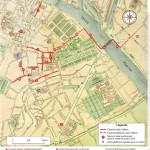

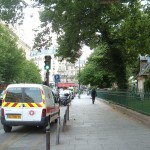
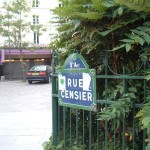
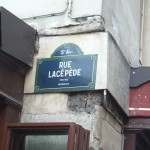
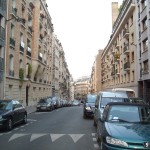
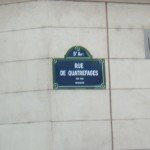
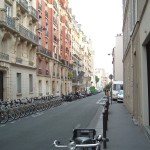
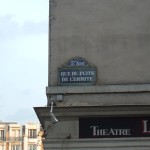
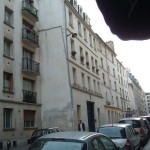
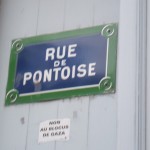
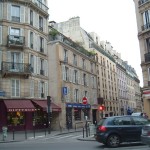
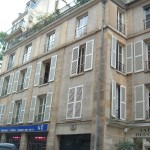
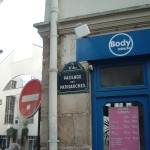
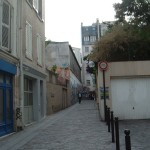
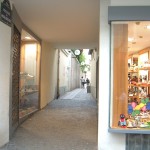
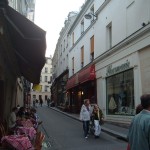

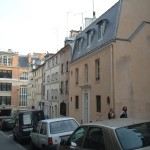
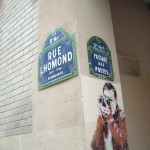
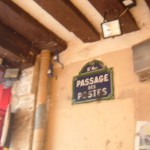
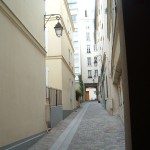
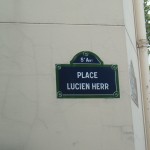
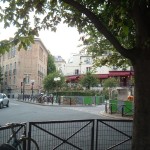
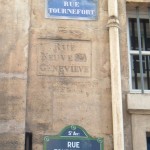
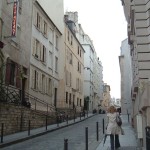
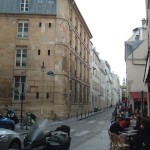
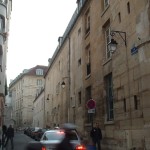
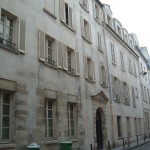
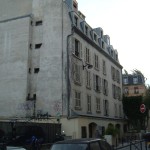
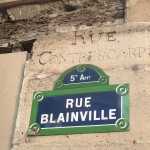
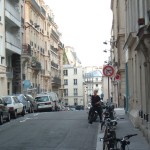
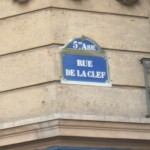
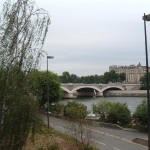
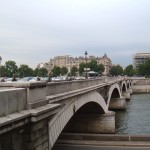

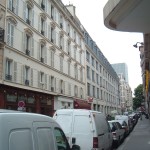
Leave a Comment